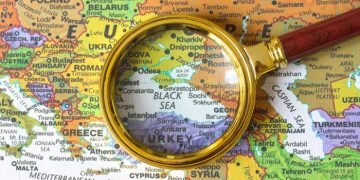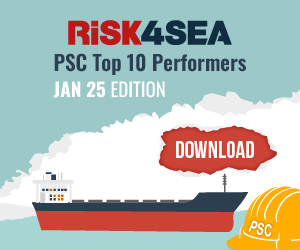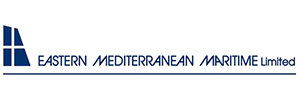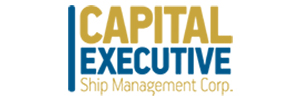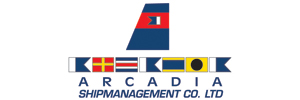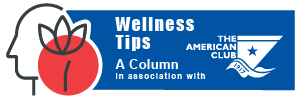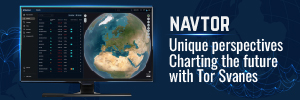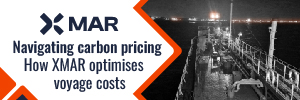During the 6th SAFETY4SEA Limassol Forum, Capt. Konstantinos G. Karavasilis, Regional Director, Loss Prevention, UK P&I Club, emphasized the importance of a multi-faceted approach to improving maritime safety and well-being.
Crew safety analysis and abandonment crisis
As a member of the loss prevention team at the UK P&I Club, I conducted an exercise analyzing crew accidents onboard for the 2023 policy year. The findings were alarming—there were 236 serious accidents on board vessels under our coverage.
Given that there are 12 clubs in the International Group (IG), this suggests that more than 2,500 serious crew accidents occurred across our collective fleets. These accidents cost more than $5,000 each, and there are countless other minor incidents, many of which go unreported.
Additionally, the year 2024 was a record-breaking year for crew abandonment. Crew members remained unpaid and abandoned in various ports around the world, raising serious concerns about the welfare and rights of seafarers.
Building a strong safety culture on board
A strong safety culture represents a collective commitment within an organization to prioritize safety, ensuring it is incorporated into all daily practices. This can be achieved in the following ways:
#1 Leadership commitment
Management systems, safety management systems (SMS), and ESG reports often contain bold statements such as “safety first” and calls for feedback. However, is this commitment genuine, or is it just another tick-box exercise? Does management truly prioritize safety, or are these measures implemented solely for compliance? This is an important question to consider.
#2 Continuous training and education
The maritime industry invests vast amounts in training crew members. However, is this training effective? Does it address the real needs of seafarers? A yet-to-be-published study by the University of the Aegean surveyed 1,000 Greek seafarers on their training experiences. Shockingly, more than 60-70% of respondents found their training to be irrelevant and obsolete. This is a significant concern that needs to be addressed.
#3 Open communication
Are we truly listening to seafarers? Companies have mechanisms for feedback, including debriefings, hotlines, and checklists. But when a seafarer reports an issue, is it genuinely considered? Having a system in place is one thing—ensuring it is effective is another.
#4 Recognition and reward systems
Recognition programs exist, but are they meaningful? The maritime industry excels at creating checklists, but implementation is often lacking. Are these systems designed merely for audits and Port State Control compliance, or do they genuinely enhance seafarers’ well-being?
Psychological safety is paramount for operational efficiency and crew welfare, yet it is frequently overlooked.
Changing attitudes toward seafaring careers
The industry has changed drastically over the decades. When I started my career in the 1990s, going to sea was a romantic pursuit driven by passion. Today, seafarers face different realities. Long, repetitive voyages and minimal shore leave make the job less appealing to younger generations. Why would a 25-year-old choose a life at sea today? Salaries are no longer as attractive as they once were—where seafarers used to return home and buy property, today’s wages do not offer the same financial security.
Crew welfare and mental health
While hotlines for mental health support exist, their effectiveness has not actually been measured. On the other hand, are offices and shipping companies aware of what is happening on board? Do they take actionable steps to improve seafarers’ lives?
Furthermore, living conditions on ships have also changed. While modern vessels have private cabins with internet access, older ships often provided better communal spaces, such as larger recreation areas.
Additionally, inclusivity remains a challenge—how many vessels offer separate dressing rooms for male and female crew members?
High crew turnover and future workforce shortages
The maritime industry is facing a serious problem: high crew turnover. This will impact the sector in the near future, as fewer experienced personnel will be available to manage and troubleshoot operational challenges. Who will solve technical and logistical issues if they have not gained practical experience at sea? Apart from regulators and the International Maritime Organization, it is also apparent that the industry needs to foster synergies to try and make things better.
Regulatory and technological challenges
Regulatory changes, driven by political and environmental considerations, are reshaping the industry. The increasing complexity of vessels presents additional challenges, as training programs often fail to keep up with technological advancements.
A prime example is ECDIS training, which is typically generic. Seafarers often find themselves on ships equipped with unfamiliar systems, leading to inefficiencies and potential safety risks. The seafarer may once again “tick the box” on a list of training requirements, but they are not actually equipped for the task at hand.
Key Takeaways: Investing in seafarers
The industry must listen to seafarers and invest in their well-being. While the maritime sector is ultimately a business, long-term sustainability depends on supporting the workforce that keeps it running. This means allocating resources to improve working conditions, training, and career development.
Autonomous shipping may be feasible in certain regions, such as Norway and Finland, or for inland transportation, but for global trade routes and other parts of the world, human expertise will remain essential.
Seafarers’ issues must be taken seriously. The industry must move beyond compliance-driven checklists and take meaningful action to support its workforce. Only by doing so can we ensure a safer and more sustainable future for maritime professionals and global trade as a whole.
The views presented are only those of the author and do not necessarily reflect those of SAFETY4SEA and are for information sharing and discussion purposes only.
Above article has been edited from Capt. Konstantinos G. Karavasilis’ presentation during the 2025 SAFETY4SEA Limassol Forum.
Explore more by watching his video presentation here below






